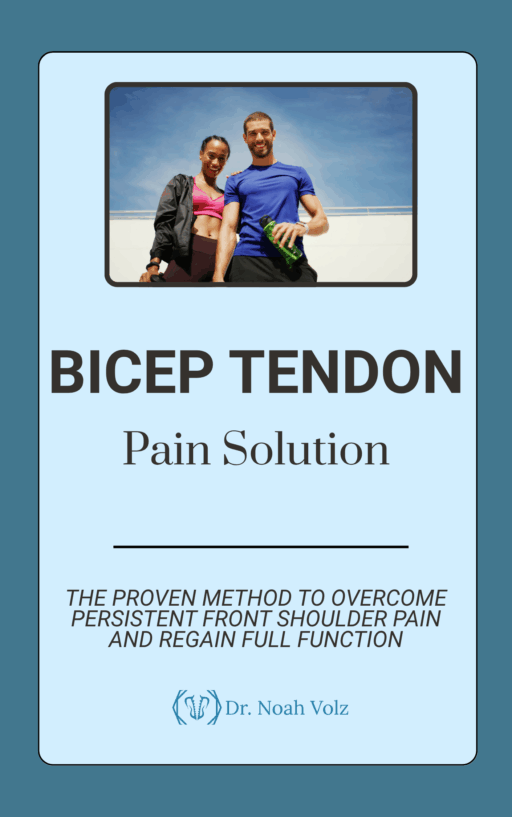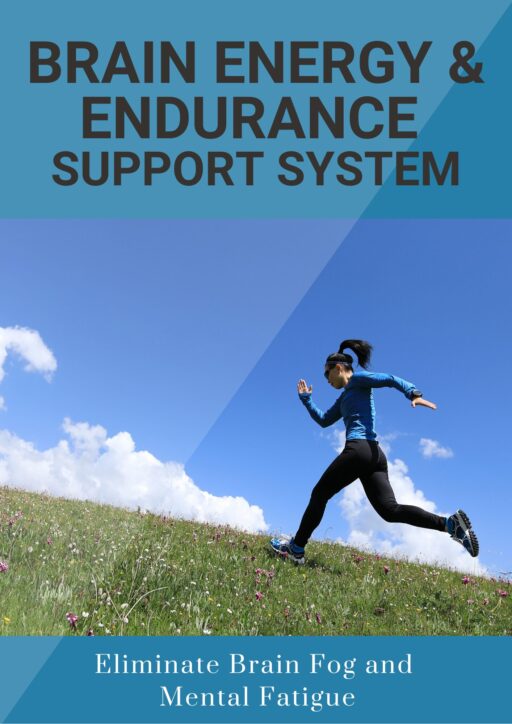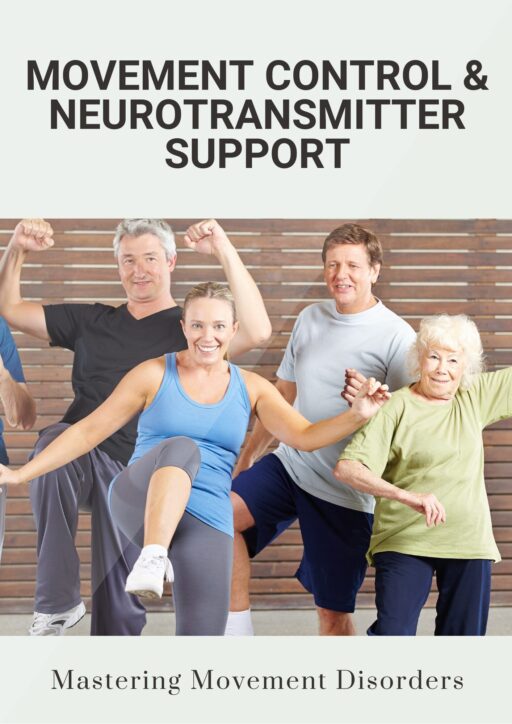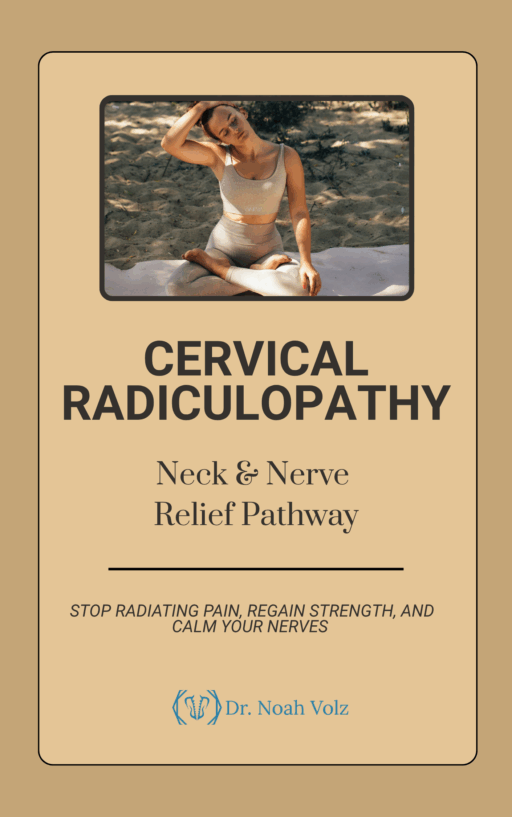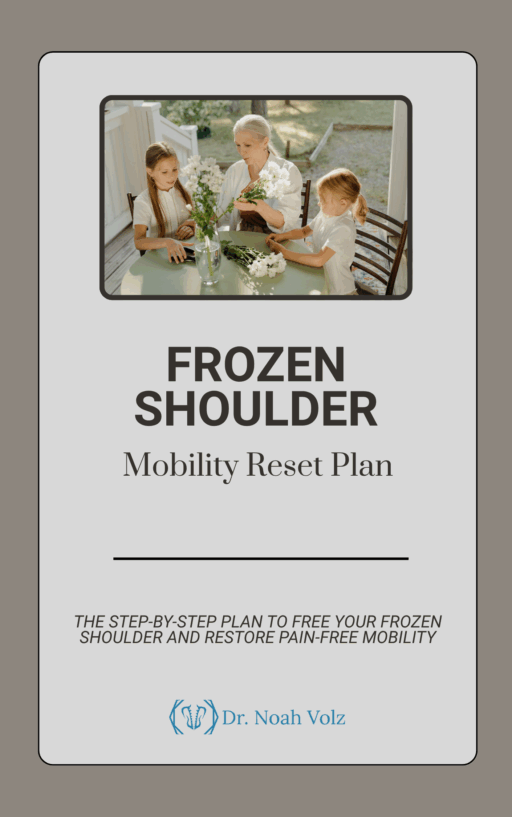It was early morning when Sarah stepped out onto her porch, stretching her arms above her head. The cold air wrapped around her as she prepared for her daily walk. But as she took her first step, a sharp, familiar pain shot up her lower back, stopping her in her tracks. Frustrated, she rubbed her spine, knowing that this pain had been a constant companion for years. She had tried physical therapy, medications, and even rest—but nothing seemed to provide lasting relief. What she didn’t know was that her pain wasn’t just in her back; it was in her brain, and in the way her body responded to movement itself.
The Brain-Body Connection: Why Pain Lingers
Most people assume that if a joint or muscle hurts, there must be physical damage. But neuroscience tells a different story. Chronic pain, like Sarah’s, is often the result of the brain becoming hypersensitive to movement. This phenomenon, known as central sensitization, occurs when the nervous system amplifies pain signals, even after the original injury has healed. But there’s another piece of the puzzle: movement classification and the way certain movement patterns can either exacerbate or alleviate pain.
Pain is not just a symptom—it’s an experience shaped by both the body and brain. The spinal cord and brain process pain signals using a complex network of receptors, including:
- Nociceptors – Detect damage or inflammation and send distress signals to the brain.
- Mechanoreceptors – Track movement, joint position, and stability.
- Proprioceptors – Help the brain understand where the body is in space, coordinating smooth and pain-free movement.
But when the body’s movement patterns are dysfunctional—such as improper posture, lack of core stability, or restricted joint mobility—the brain interprets those signals as threats. This is where chiropractic care and movement-based therapies provide a pathway for healing.
Classifying Movement to Improve Healing
Research from the Parker Seminars highlights a crucial method of understanding pain through movement classifications. Sarah’s lower back pain wasn’t random—it was her body’s way of responding to improper movement mechanics. By understanding the categories of movement dysfunction, chiropractors can pinpoint the most effective treatment strategies.
1. Derangement: When the Body is Misaligned
The most common form of mechanical back pain, derangement, occurs when joint structures are displaced, leading to pain that changes depending on movement. This is why repeated movements, like those in the McKenzie Method, can help “centralize” pain—meaning that rather than radiating into the legs or other areas, the pain moves back toward its source, allowing for targeted treatment.
2. Dysfunction: When Tissues Become Stiff and Weak
For chronic pain sufferers, stiffness in soft tissues leads to limited range of motion and discomfort. This type of pain occurs at the end range of movement and requires gradual, controlled mobility exercises to rebuild flexibility. Research suggests that graded exposure—where a patient gradually reintroduces movement—can retrain the nervous system to reduce pain sensitivity.
3. Postural Syndrome: When Sitting Becomes the Enemy
Sarah, like many others, spent hours sitting, unknowingly reinforcing poor movement patterns. Prolonged postures, especially in flexion (hunched forward), increase stress on the spine and lead to chronic discomfort. Correcting posture through spinal adjustments, ergonomic changes, and strengthening exercises is critical to breaking the cycle of pain.
Why Movement is Medicine
The key to overcoming chronic pain isn’t just rest—it’s movement. The brain needs regular, controlled exposure to movement to recalibrate and recognize that normal activities are safe. This is why chiropractic care and movement-based therapies are so effective. They don’t just treat the site of pain; they retrain the nervous system.
Retraining the Brain Through Movement
In Sarah’s case, chiropractic adjustments and guided movement therapy helped restore her mobility. Here’s how movement heals:
1. Restoring Spinal Hygiene
Everyday activities, like brushing teeth, tying shoes, or sitting at a desk, can either support spinal health or deteriorate it. Research suggests that subtle changes—such as performing seated thoracic extensions or hip shifts—can reduce unnecessary strain on the back.
2. Sensory Remapping
Chiropractic care involves spinal adjustments that send new signals to the brain, improving its ability to interpret pain-free movement. Studies have shown that spinal adjustments can enhance proprioception and reduce chronic pain by restoring accurate communication between the body and brain.
3. Building Core Stability for Dynamic Mobility
A strong core is the foundation for pain-free movement. Chiropractors focus on exercises that stabilize the spine, such as dead bugs, resisted carries, and posterior chain activation techniques. These movements ensure the nervous system has the support it needs to allow freedom of movement without triggering pain responses.
4. Stress and Sleep Optimization
Pain is amplified by stress and poor sleep. Chiropractic care, combined with relaxation techniques and proper sleep hygiene, can lower cortisol levels and improve the body’s ability to heal.
Sarah’s Journey to Recovery
At first, Sarah hesitated. She feared that moving too much would make her pain worse. But with each visit to her chiropractor, she learned that movement wasn’t the enemy—it was the solution. She learned to recognize patterns in her movement, adjust her posture, and rebuild her strength where it was most needed. Over time, her sharp, debilitating pain became a dull ache, and then, one day, it was gone.
For those like Sarah, trapped in a cycle of chronic pain, the answer isn’t more rest or stronger medications—it’s movement. When guided by the right chiropractic care, movement can become the most powerful medicine of all.
Want to know what kind of back pain you have?
-

Bicep Tendon Pain Solution
$50.00 -

Brain Detoxification & Recovery System
$50.00 -

Brain Energy and Endurance Support System
$50.00 -

Brain-Based Movement and Motor Control Training
$50.00 -

Centralized Low Back Pain
$50.00 -

Cervical Radiculopathy: Neck and Nerve Relief Pathway
$50.00 -

Complex Low Back Pain
$50.00 -

Complex Radiating Low Back Pain
$50.00 -

Cross-Pattern Low Back Pain
$50.00 -

Frozen Shoulder Mobility Reset Plan
$50.00 -

Impingement Syndrome: Shoulder Relief Framework
$50.00 -

Mastering Brain Senses: Rebuild Your Hearing, Vision, and Body Awareness
$50.00


